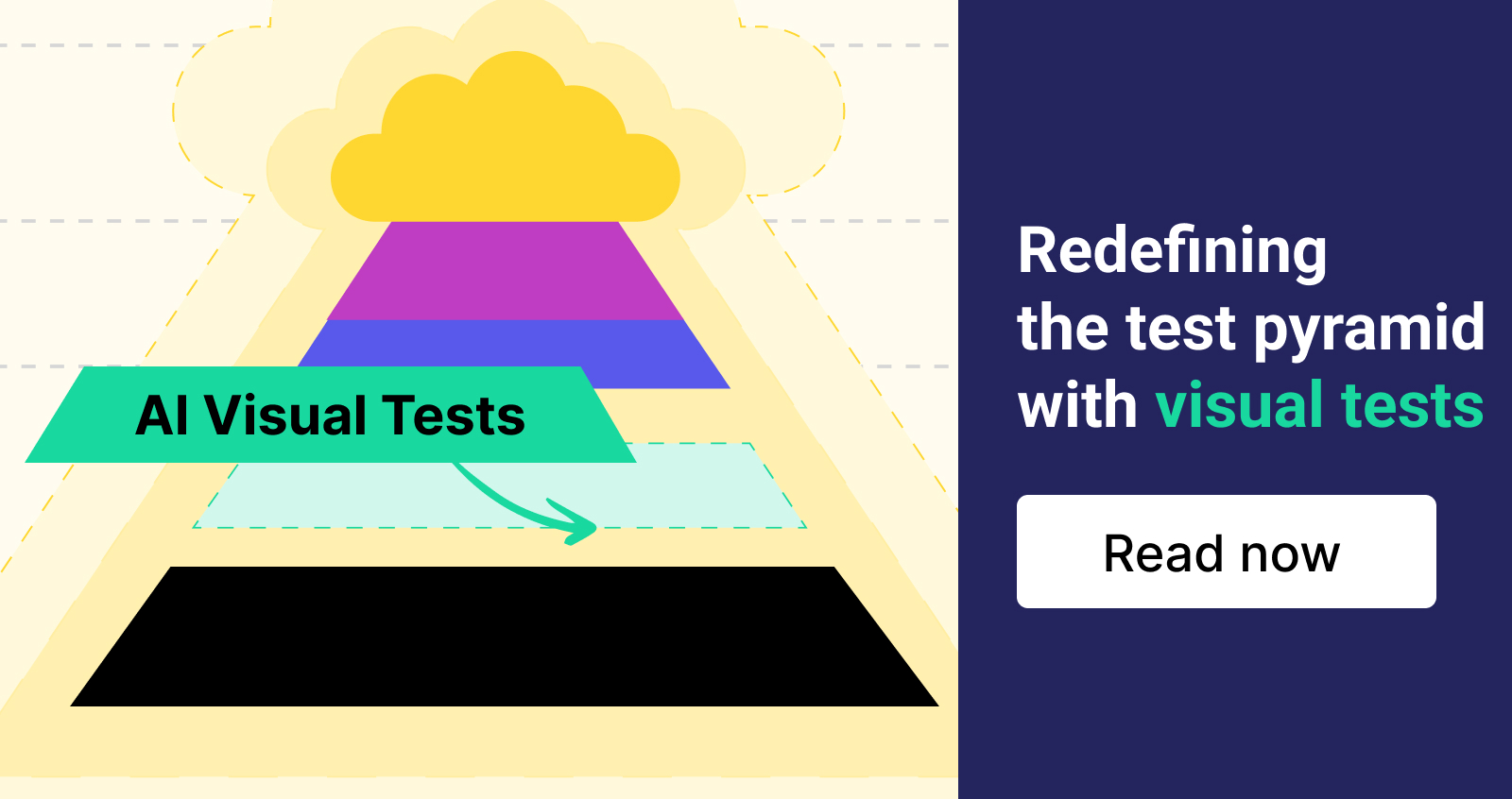Software Issues that led to Historic Disasters
No software is 100% perfect! Every piece of software that we build and use will have some or the other issue – but some get discovered under the most dangerous circumstances. Testing associates severities to software issues based on the “risk” and “impact” associated with the issue remaining in the software. However, if the testing team missed out on capturing or identifying the risks and software issues accurately or exhaustively, it can lead to some disasters that can affect the entire planet. Here are three stories of such incidents that shook the world!
1. It took NASA 7 years to identify gigantic hole in the sky.

The capabilities of NASA are world-renowned and respected. So, you would be surprised to know that the organization that put a man on the moon overlooked a massive hole in our atmosphere’s ozone layer in the sky above the Antarctica.
In the 70’s, due to increasing worries about the effects of CFCs [chloro fluoro carbons – gases that were used to create the cooling effect in the ACs and refrigerators] on the earth’s atmosphere, USA launched a satellite to monitor the atmosphere. But due to an error in the data analysis software, the huge hole in the ozone was flagged as a software issue in the system and was ignored because they did not expect such an extreme deviation in the results thrown up by the software.
It took 7 years until a British ground team detected this atmospheric anomaly and reported it to the world. When NASA engineers reviewed their raw data, they realized that their satellites had indeed detected the hole long ago, but they completely missed it.
It is now history as to how the international community banded together to stop further damage by banning the use of CFC’s. But the damage was done, and we have seen the risk caused by the loss of ozone and its impact on the billions of living things on this planet.
2. The time NASA lost a spacecraft and science was pushed back by a decade!

In the year 1999 the Mars Climate Orbiter, a$327.6 million spacecraft burned up as it entered the atmosphere of Mars when it tried to do an orbital burn. The cause? One of the software supplied by an external company calculated using Imperial system of pounds and the NASA software expected the data in SI units(Kg). The result was that a mere software issue caused a huge loss of money, time, and science to NASA. Whoever did the testing clearly did not understand the “risk” that such issues could set back science by a decade of knowledge!
3. The time when the world was almost destroyed by nuclear annihilation.

During the cold war, tensions ran high with both the USA and Soviet Union ready to press “The Big Red button”
In 1983, a Soviet monitoring satellite reported detecting an incoming nuclear missile. But in reality a software issue in the system misidentified the sunlight reflecting off the clouds as an incoming missile.
Fortunately, the Soviet officer responsible for reporting the detection to his higher authorities decided there had to be an error and waited for the radar confirmation – which, of course, never came. The tension was so high, historians, and former soviet officers assert that had the detection been reported the Soviets would have launched their own missiles immediately. Hence, a nuclear armageddon was averted by the presence of mind of the Soviet officer – a risk that cannot be taken by any software tester.
Is that all…?
These are the 3 favorite stories that we like to talk about to show how seemingly incongruous issues in software can lead to major disasters. But we know this is not all! There are many hundreds and thousands of such stories – in some cases, where the actual disasters happened! – that many of us may not be aware of.
Source: Molya





